
Anatomy & Physiology: Your Essential Online Resource Hub
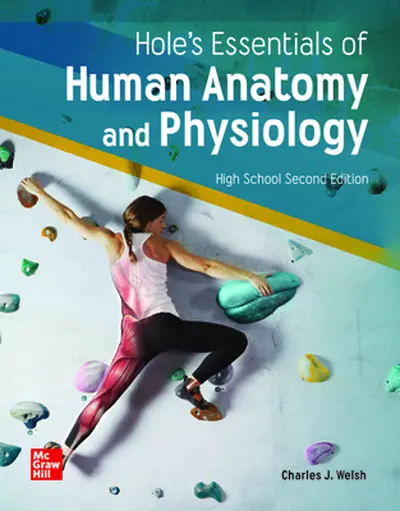
Human beings have a longstanding curiosity about the mechanisms of the world, including their own functioning. This inquisitiveness is explored through the fields of anatomy & physiology, which focus on the structures of the body and how these structures operate. Understanding how our body is built and how it performs can open the doors to better health and wellness, and it lays the groundwork for various medical professions.
This online resource hub aims to provide a comprehensive overview of anatomy & physiology, helping students, educators, and anyone interested in the human body to learn more effectively. By examining the key components of these fields, we can appreciate not only the intricacies of human beings but also the practical applications of this knowledge in everyday life, health care, and personal well-being.
- Understanding Anatomy: The Building Blocks of the Body
- The Importance of Physiology: How Our Bodies Function
- Key Terms and Concepts in Anatomy and Physiology
- Exploring the Human Body Systems
- The Interconnection Between Anatomy and Physiology
- Online Resources for Anatomy and Physiology Study
- Interactive Tools and Visual Aids for Learning
- Tips for Mastering Anatomy and Physiology
- Common Myths and Misconceptions
- Conclusion: Your Journey in Understanding Health and Body Functions
Understanding Anatomy: The Building Blocks of the Body
Anatomy is the branch of biology concerned with the study of the structure of organisms and their parts. This discipline allows us to break down the complex body into manageable segments, furthering our understanding of how different components interact with each other. The anatomical knowledge encompasses various levels, from the microscopic structure of cells and tissues to the macroscopic structure of organs and entire systems.
Types of Anatomy
- Gross Anatomy: This refers to the study of structures that can be observed without the aid of a microscope. It involves the examination of body parts such as organs, muscles, and bones.
- Microscopic Anatomy: This involves studying structures at the cellular and tissue levels, often utilizing histology techniques to view cells under a microscope.
- Developmental Anatomy: This area focuses on the changes in body structures from conception to adulthood, including embryonic development.
The Importance of Physiology: How Our Bodies Function
Physiology explains how the various systems and organs cooperate to keep the body alive and functioning optimally. It involves understanding how molecules, cells, tissues, and organs work together to maintain life. A deep understanding of physiology is critical for diagnosing diseases and for crafting effective treatment plans.
Key Physiological Processes
- Homeostasis: This is the process through which biological systems maintain stability while adjusting to changing external conditions.
- Metabolism: It refers to the various biochemical reactions that occur within the body, including the conversion of food to energy.
- Respiration: This is a key physiological process that involves gas exchange, essential for sustaining cellular life.
Key Terms and Concepts in Anatomy and Physiology
When exploring anatomy & physiology, there are several key terms and concepts that are vital for a foundational understanding. Familiarity with these terms can enhance comprehension and facilitate communication in both educational and professional settings.
- Organ systems: The body is organized into systems containing various organs that perform specific functions, such as the circulatory and respiratory systems.
- Regional anatomy: This approach divides the body into regions and studies the structures within those areas.
- Physiological mechanisms: These refer to the processes and pathways through which bodily functions are carried out.
Exploring the Human Body Systems
The human body comprises several systems that work in tandem to enable functionality and efficiency. Each system is uniquely designed to perform particular roles that contribute to overall health and well-being.
Major Body Systems
- Circulatory System: It comprises the heart, blood, and blood vessels, responsible for transporting nutrients, oxygen, and waste.
- Respiratory System: This system is responsible for inhaling oxygen and expelling carbon dioxide, playing a crucial role in cellular respiration.
- Digestive System: This complex system processes food into energy and essential nutrients.
- Nervous System: It controls bodily functions and coordinates responses to internal and external stimuli.
- Skeletal System: Comprising bones and joints, the skeletal system supports and protects the body while facilitating movement.
The Interconnection Between Anatomy and Physiology
The relationship between anatomy & physiology is a critical aspect of biological sciences. While anatomy studies the structure of the body, physiology explains how these structures function. Understanding this connection is essential for grasping the human body's complexity.
Examples of Interconnection
For instance, the anatomical structure of the heart allows it to effectively pump blood throughout the body, showcasing the functional importance of its anatomical design. Another example is found in the lungs - their vast surface area, a result of their anatomy, enhances the capacity for gas exchange, demonstrating the vital link between structure and function.
Online Resources for Anatomy and Physiology Study
With the rise of digital education, learning anatomy & physiology has become more accessible than ever. Numerous online platforms provide a wealth of resources for students and educators alike.
Recommended Online Courses and Websites
- Khan Academy: Offers comprehensive videos and articles covering key topics in anatomy and physiology.
- Coursera: Provides a range of courses from reputable institutions on various aspects of human anatomy and physiology.
- Visible Body: An interactive platform that allows learners to explore 3D models of human anatomy, enhancing visual understanding.
Interactive Tools and Visual Aids for Learning
Visual aids and interactive tools can significantly enhance the learning experience in anatomy & physiology. Educational apps and websites featuring 3D models, quizzes, and flashcards can help reinforce knowledge and understanding.
Popular Interactive Learning Tools
- 3D Organon: An interactive 3D anatomy platform that brings the human body to life through detailed visualizations.
- Quizlet: Offers user-generated flashcards and quizzes that can help memorize anatomical terms and concepts.
- AnatomyZone: A free anatomy website featuring videos and tutorials that provide in-depth explanations of various anatomical structures.
Tips for Mastering Anatomy and Physiology
Mastering anatomy & physiology requires dedication and effective study techniques. Here are some tips to enhance retention and understanding:
- Consistent Practice: Regularly review and practice concepts to commit them to long-term memory.
- Utilize Multiple Resources: Combine textbooks with interactive tools and online courses for a more rounded approach to learning.
- Join Study Groups: Collaborating with peers can provide new perspectives and enhance understanding through discussion and teaching others.
Common Myths and Misconceptions
Understanding anatomy & physiology also requires addressing prevalent myths and misconceptions. Awareness of these can facilitate more accurate knowledge and foster a deeper appreciation of the human body.
Debunking Common Myths
- Myth 1: You only use 10% of your brain - In reality, advanced imaging techniques show that nearly all parts of the brain are active at various times.
- Myth 2: Humans have fewer bones than babies - Infants actually have more bones at birth; some bones fuse as they grow.
- Myth 3: Eating carrots improves eyesight - While carrots are good for health, they do not significantly enhance vision beyond normal levels.
Conclusion: Your Journey in Understanding Health and Body Functions
In conclusion, the study of anatomy & physiology opens the door to an understanding of our own body and health. By engaging with the intricate structures and functions of human life, you can gain valuable insights into maintaining wellness and recognizing the importance of bodily functions. As you continue this journey, remember that knowledge is the first step towards better health. Equip yourself with resources, practice regularly, and stay curious!
Did you find this article helpful? Anatomy & Physiology: Your Essential Online Resource Hub See more here Education.
Leave a Reply

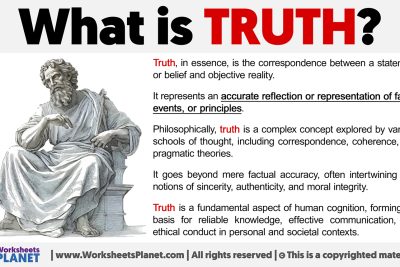
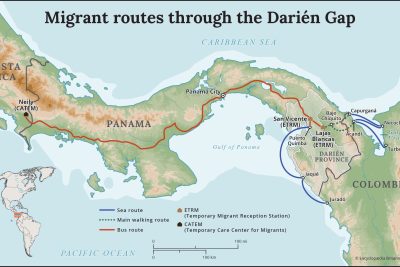
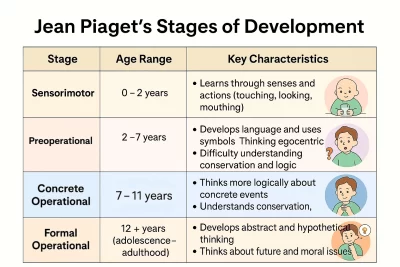
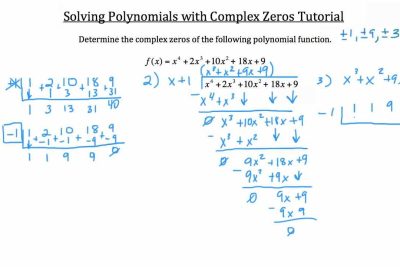

Related posts